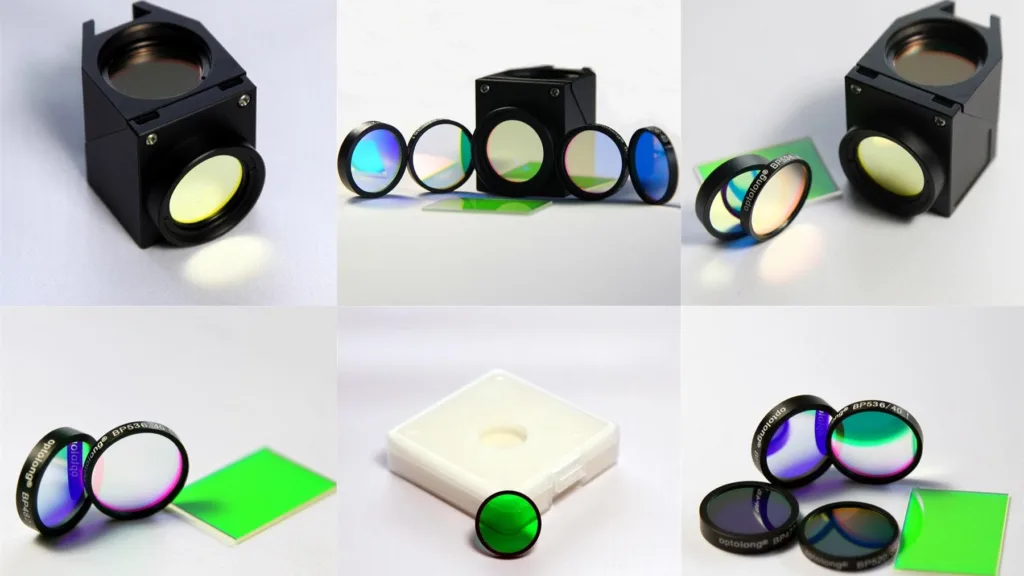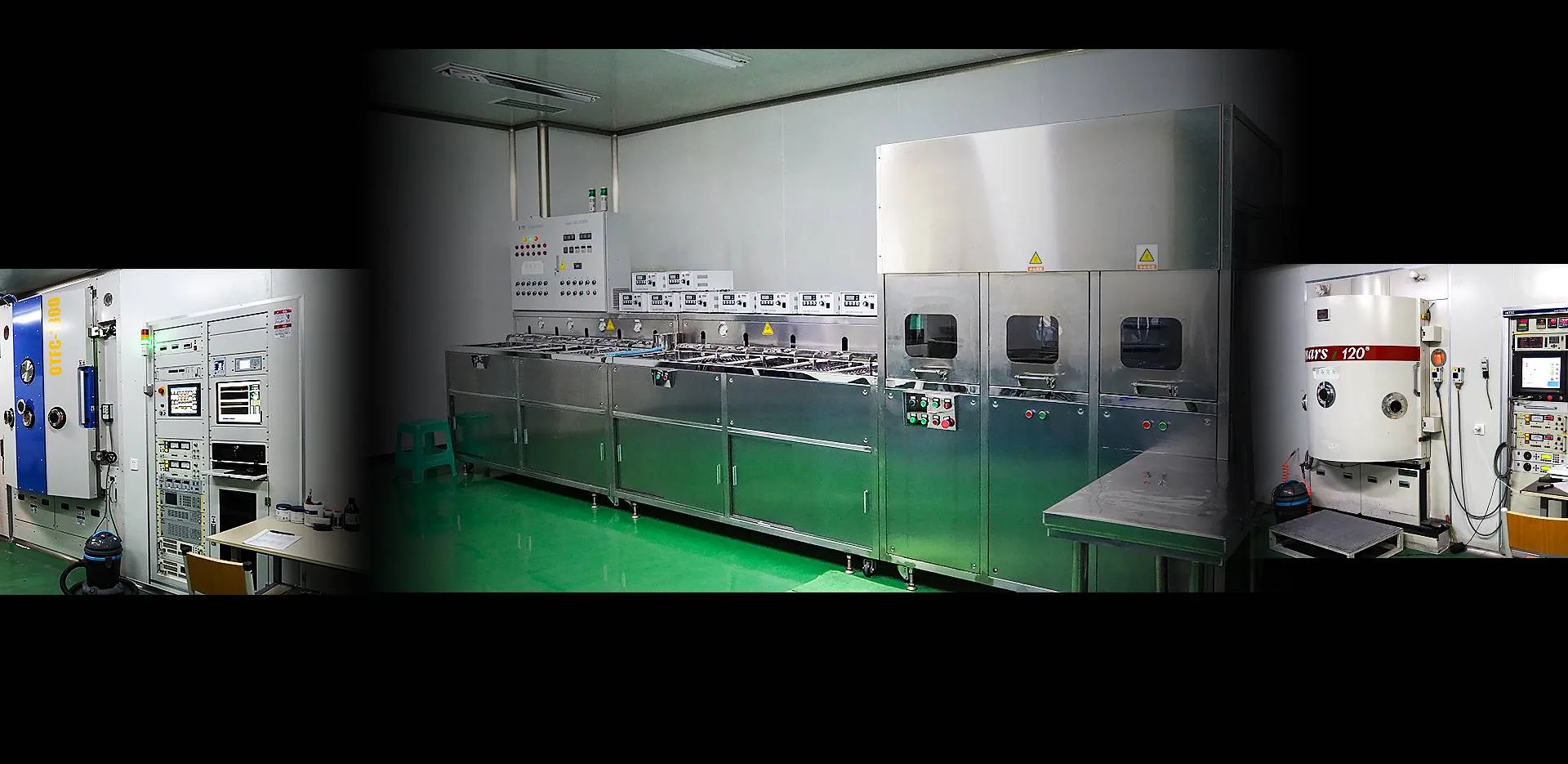
It’s a challenge to choose a right camera for your research. There are various cameras in the market . So, what should you focus on when choosing a digital camera for fluorescence imaging .
At first , you need to know about your imaging requirements . Secondly, it’s also important to know the technical characteristics of each camera.
Here are some options to considering :
>Imaging cells and tissues
For a wide-field fluorescence microscope, the camera will be used to image stationary cells and tissues . In the below picture,two different cameras were used to image the Alexa Fluor 488-labeled actin filaments immobilized in endothelial cells . There are some key technical difference between the two cameras that make for a four-fold difference in cost . Using standard imaging conditions, both cameras produce sharp , clear images ,and the noise and background seem to make no difference . Well, you may ask what is the difference between the two cameras and is it necessary to buy the more expensive one ?

The main difference between the two images is that the one on the left was captured with an uncooled camera , while the one on the right was captured with a cooled camera . In the past ,the fluorescent imaging has to be cooled, however, advances in camera sensor technology over the last 25 years have meant that cooling is no longer required for conventional fluorescent imaging . For challenging fluorescent samples that require sophisticated microsopes(such as confocal microscopes) ,cooling cameras are ideal choice .But for most fluorescent imaging ,cooling is not required . Uncooled cameras also produce great images at a lower cost .
>Nosie
For fluorescence microscopes, noise affects signal-to-noise ratio and dynamic range .
A high signal-to-noise ratio(SNR) results in sharp contrast and good sharpness ,while as SNR decreases, background signals increase and image sharpness and contrast decrease . Pixel merging can be used to reduce noise and improve SNR , but, it will affect space resolution. The main source of noise in a fluorescence microscopes is the read noise, which is much higher than the dark current noise .
The dark current noise is independent of temperature of the sensor . Cooling cameras reduce dark current noise ,which can be considered for use in situations requiring long exposures or very low light intensity . In general,dark currents have no significant effect on standard fluorescent imaging. So, unless you are imaging in a situation that requires a long exposure or low light intensity, the effect of dark current on the image is minimal .
>Other considerations
Of course, other imaging variables also affect image quality . To maximize the image quality,we should use a uniform light source,a high NA objective and a good optical filter combination .
Combining the right camera technology with your microscope system will ensure you get excellent images .
In addition , some challenging applications, such as confocal imaging, calcium signal imaging and near-infrared fluorescence, have more stringent requirements for the camera to achieve the desired results . However, for general fluorescent imaging ,a high quality , uncooled camera can also produce sensitive images . That way , you can spend your precious money on other equipment.

